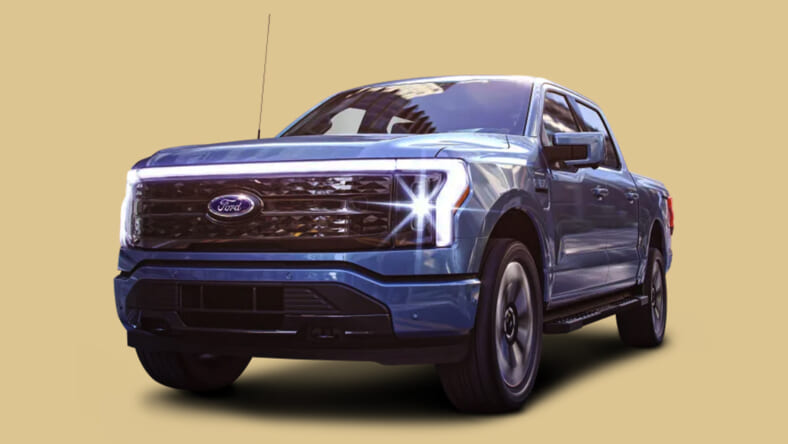CEO of Ford cautions that electric cars need 40% less labor
Ford’s CEO has said the company has to develop more components in-house so that “everyone has a role” in the […]

Ford’s CEO has said the company has to develop more components in-house so that “everyone has a role” in the transition to electric vehicles and that the process would need 40 percent fewer people than making cars and trucks fueled by petrol.
On Tuesday, Jim Farley raised concerns about the next step in the transition to EVs, calling them “storm clouds.” As part of an industry-wide trend, his firm has set the ambitious target of having electric vehicles account for 50 percent of worldwide sales by 2030.
Farley, speaking at a symposium in Detroit aimed at increasing racial diversity in the auto sector, stated, “It takes 40 percent less labor to produce an electric vehicle. Therefore… we have to insource so that everyone has a part in this progress.” Farley told civil rights icon Jesse Jackson, whose Rainbow Push Coalition hosted the meeting, that “diversity needs to play an even bigger role” in implementing the new supply chain for batteries, motors, and electronics.
Since electric vehicles require fewer parts to assemble than vehicles with internal combustion engines, this shift is widely predicted to decrease the number of jobs in the auto industry. Blue-collar workers were able to enter the middle class because of the sector’s long history of unionization and resulting higher earnings. In 2018, the United Auto Employees union, representing 400,000 workers, predicted that the shift to EVs might eliminate 35,000 jobs.
Predictions of employment losses have been made in other areas as well. Research by a German working committee warned that the transition to electric power might eliminate 400,000 employees in the country’s automobile industry over the next decade.
According to Farley, there are “too many people” at Ford, who has been saying this since July. They let off almost 3,000 employees and contractors back in August, citing the company’s “uncompetitive” cost structure compared to other automakers. At the close of 2021, Ford employed 183,000 people. Fabricating batteries, the most important component of electric automobiles or trucks, is progressively replacing carmakers’ old supply chains.
Since 2014, Tesla and Panasonic have collaborated to produce batteries in the electric vehicle company’s first Gigafactory in Nevada. To meet the growing demand for their electric vehicle (EV) battery offerings, Ford and GM have formed partnerships with SK Innovation and LG Chem to construct battery manufacturing facilities in the United States.
For Ford, a shift in corporate strategy toward more vertical integration would be reminiscent of the early days of the company, when Henry Ford owned forestland, iron mines, limestone quarries, and even a rubber plantation in Brazil, allowing him to exert complete control over the company’s supply chain. Farley said that the last 60 years hadn’t been that exciting, but Henry Ford would love it now because we’re completely reinventing the company.
